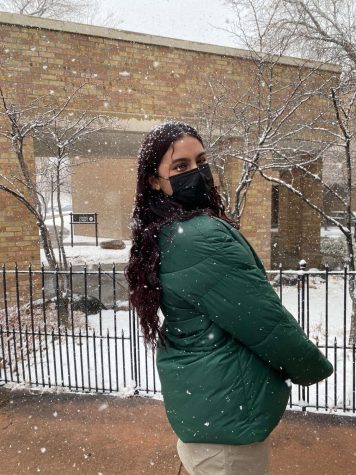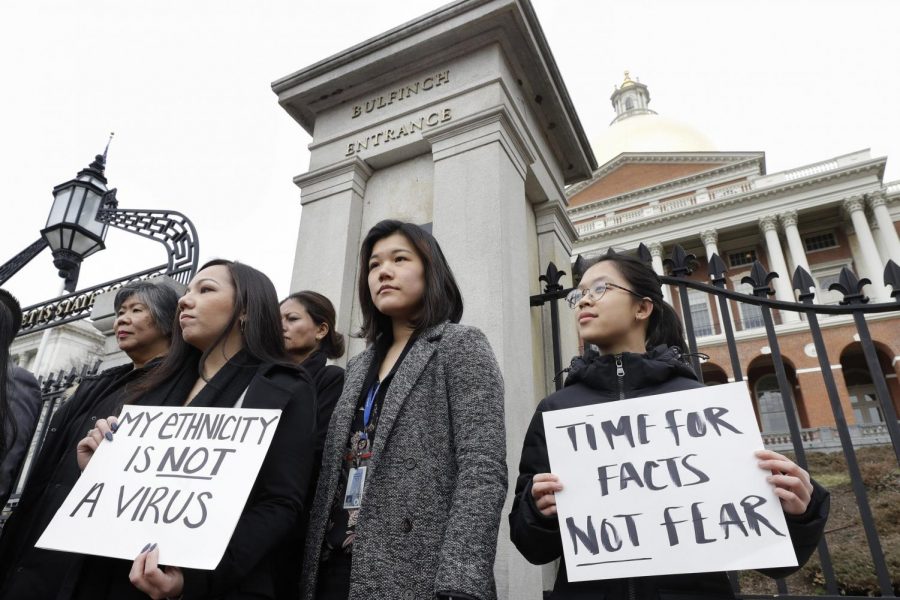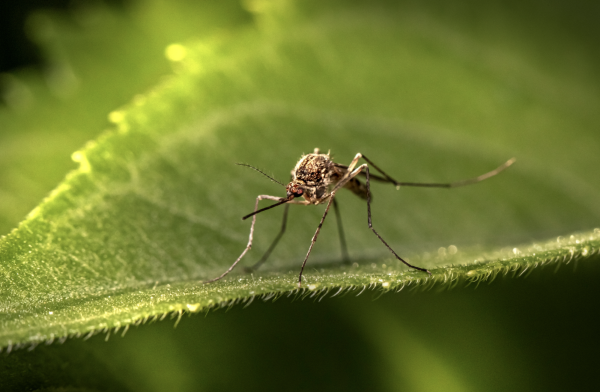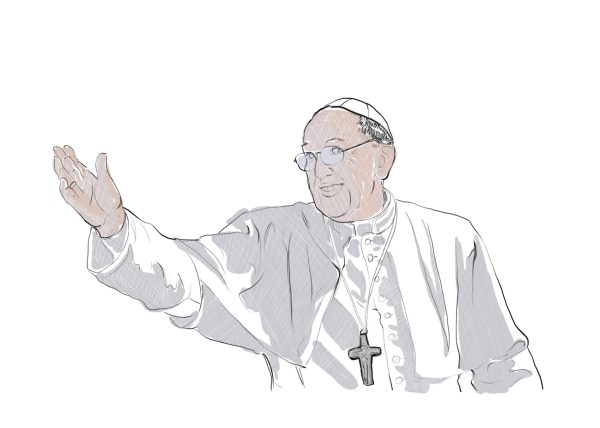Asian-American Discrimination during the COVID-19 Pandemic
Bigotry against Asian-Americans is rising
The recent rise in anti-Asian American violence has redefined the narrative surrounding the Asian identity in the United States. In a year where social justice issues are at the forefront of national discussions, Asian Americans are being left out of the conversation. In the United States, Asian Americans are surrounded by the model minority myth — a concept that characterizes Asian Americans as universally successful and achievers of the “American Dream.” While these stereotypes may not be negative on the surface, they are pervasive and damaging to the Asian American experience. Such a myth eliminates individuality, generalizing different cultures and identities. It casts a shadow over the racism and xenophobia that Asian-Americans experience, normalizing both micro-aggressions and violence against Asians. The danger of the model minority myth is now more apparent than ever.
Amidst national chaos caused by COVID-19, the rise in anti-Asian American violence has been its own invisible epidemic. With a president who dubbed COVID-19 as the “China Virus” and media coverage that portrayed Asians as the first to contract the virus, bigotry against Asian-Americans is rising. Yet, the depth of racism against Asians has been embedded in American history. Looking back to the 19th century, a white-only immigration policy called Asians the “yellow peril,” people unclean and unfit for citizenship in America. Xenophobic Propaganda spread by white nationalists fueled the passage of the Chinese exclusion act, barring Asians from immigration. During World War II, Japanese internment camps were used to incarcerate not only those of Japanese descent but other East Asians as well. The xenophobic rhetoric surrounding Asian Americans in the midst of this pandemic is nothing new. President Trump’s title of the “China Virus” blames the pandemic on Asian Americans, shaping a long-held perception of Asians as “perpetual foreigners.”
On January 28th, 84-year-old Vicha Ratanapakdee took his daily morning walk in San Francisco when 19-year-old Antoine Watson shoved him into the street. Just two days after the assault, Ratanapakdee was dead. As just one incident of recent violence against Asian Americans, the death of Vicha Ratanapakdee is part of a larger trend. Since the beginning of the pandemic, the United States and much of the world have seen a massive rise in Asian American discrimination. Areas with an influx of Asian Americans are now targets. In the Chinatown of Oakland, there have been more than 20 violent attacks against Asians. Nationwide, AAPI hate, an organization created to track the increase in discrimination, reports nearly 3,000 instants of racial violence against Asians since COVID-19 began. In cities like New York, this represents a 1900% increase in hate crimes as compared to 2019.
In the words of National Youth Poet Laureate Amanda Gorman, “justice is not a zero-sum game,” To move forward, the fight against racism must be united, across solidarity. To address the damaging violence and discrimination against Asian Americans, there must be structural change. The fog of terror now integrated into the Asian American experience must be met with changes in media portrayal of Asians, education systems, and eliminating the model minority myth. The systemic racism and manipulation of Asian peoples into an untrue model standard must be met with increased visibility. The fear of discrimination and violence against Asian Americans can no longer be driven underground.

When not making art, browsing Goodreads, or writing for The Advocate, Features Editor Noor Ali '23 is active in SDLC, Model UN, and Albuquerque Academy's...







